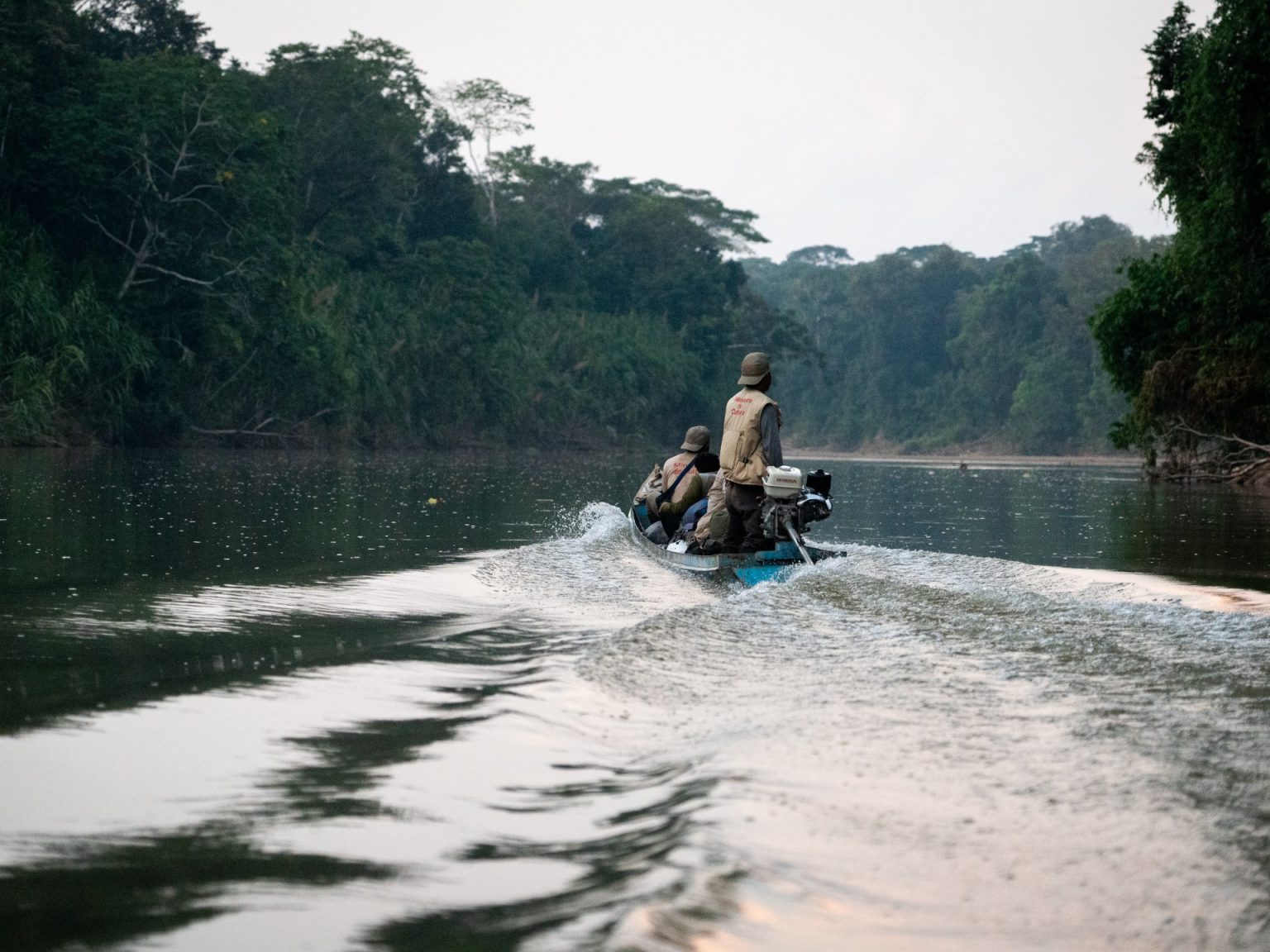In the remote and heavily forested region of Purus in the eastern Amazon rainforest in Peru, the situation regarding isolated tribes is escalating. The Mastanahua and Mashco Piro tribes, who have historically rejected contact with the outside world, are increasingly coming into contact with settled societies. Various factors such as extractive industries, criminal economies, and climate change are pushing these tribes closer to villages, leading to heightened risks of armed confrontations and contagion. Despite Peru’s laws acknowledging the territorial rights of isolated tribes, natural resource exploitation within their protected areas continues, as does the invasion of their territories by illicit actors.
Peru is home to one of the largest populations of isolated tribes in the world, with approximately 7,500 people from about 25 ethnic groups living in isolation or in the early stages of contact with settled societies. These isolated tribes have chosen to isolate themselves as a survival strategy following past interactions with outsiders that led to illness, violence, and death. However, increasing environmental disruptions due to climate change, particularly more frequent and prolonged dry seasons in the Purus region, are altering their habitats and food sources, forcing them closer to populated areas in search of resources.
Local Indigenous villagers like Nolasco Torres and Freddy Capitan have been recruited by the Peruvian government as protection agents to monitor the territories of isolated tribes and keep surrounding communities informed and vigilant. With their intimate knowledge of the forests and language skills, these protection agents play a vital role in relaying evidence of isolated tribes’ presence to authorities. However, challenges such as a lack of resources, poor communication, and insufficient support from the state impede their efforts to protect isolated tribes and prevent potentially dangerous confrontations between tribes and villagers.
The increased encroachment of isolated tribes near villages in Purus has led to tragic incidents, such as the killing of a local Indigenous family by the Mashco Piro tribe. The victims, who had ventured out of isolation years earlier, fell victim to a violent attack, highlighting the heightened aggression of isolated tribes under external pressures. In the aftermath of such incidents, authorities have struggled to provide timely responses, leading to fear and displacement among local communities. While protection agents like Torres and Capitan continue their work on the ground, requests for better resources and support from the state remain unfulfilled.
As isolated tribes continue to emerge and make sporadic contact with settled societies, concerns grow about the potential for more sustained contact that may lead to cultural shock and political instability. The resolution lies in strengthened state commitment to defend the territorial rights of isolated tribes, overhaul extractive policies, and establish stronger alliances with local Indigenous communities. The protection and preservation of Earth’s remaining isolated peoples depend on comprehensive efforts to monitor their territories, safeguard their environments, and ensure their future as distinct peoples.













